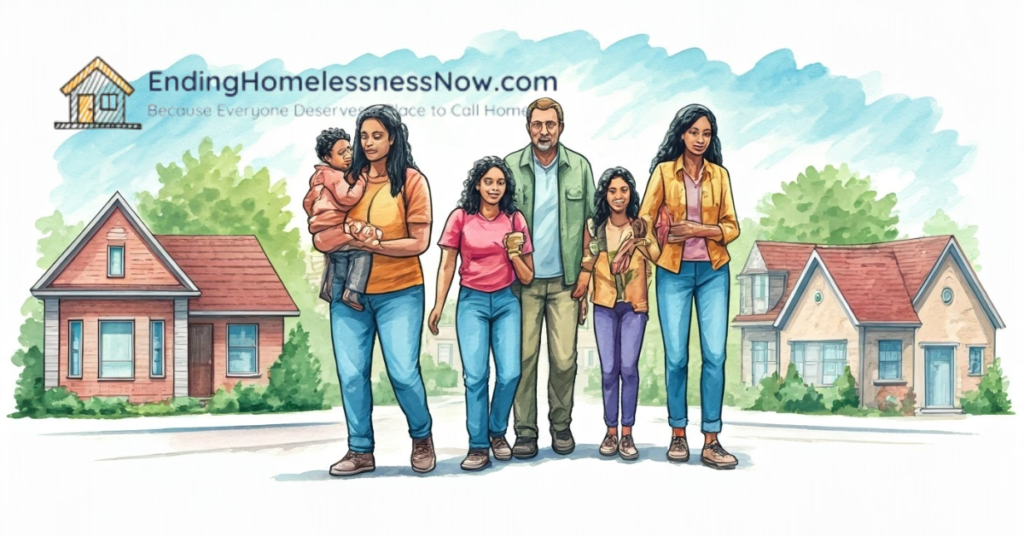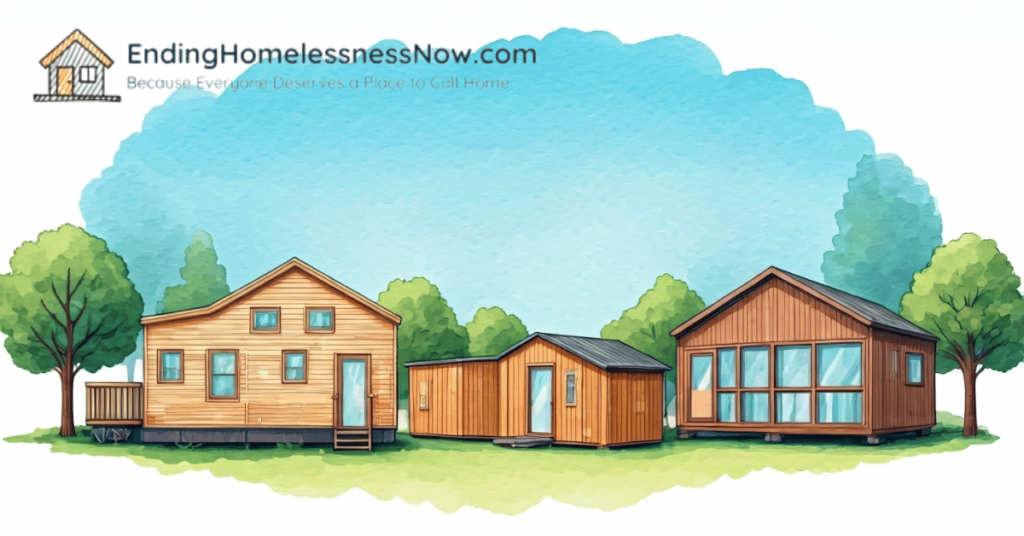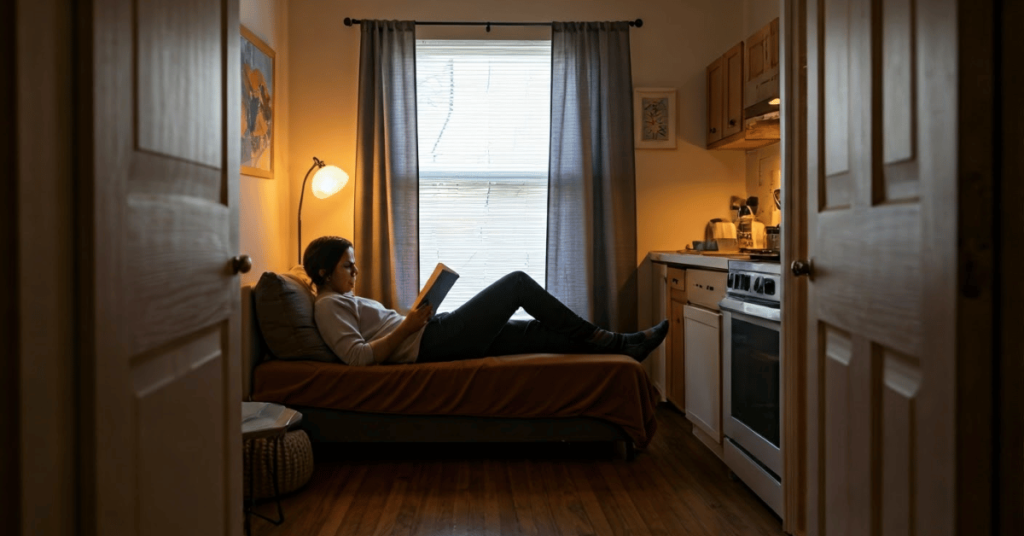Everyone deserves a safe and stable place to live. Sadly, homelessness affects many people, families, and communities across our country. But there is hope through Rapid Re-housing programs, which help people move from homelessness into permanent housing quickly and with support.
What is Rapid Re-housing?
Rapid Re-housing (RRH) is a program that helps people who are homeless find permanent housing as quickly as possible. Instead of requiring people to complete many steps before getting housing, RRH focuses on moving people into homes first and then providing support to help them succeed. This approach is called “Housing First.”

There are two main types of Rapid Re-housing programs:
- General RRH programs that serve families and individuals
- RRH-I programs that focus specifically on helping individuals
The Three Main Parts of Rapid Re-housing
- Housing Search Help
- Program staff work with landlords to find available homes
- They help participants complete rental applications
- Staff members speak up for participants with potential landlords
- Financial Help
- Programs cover move-in costs like security deposits
- They help with rent for a short time
- This gives people time to focus on rebuilding their lives
- Support Services
- Each person gets their own case manager
- Case managers help connect people with:
- Job training programs
- Healthcare services
- Childcare resources
- Other community services they might need
- They teach skills for maintaining housing long-term
How People Get Into the Program
People usually enter Rapid Re-housing programs through:
- Referrals from homeless shelters
- Social service agencies
- Domestic violence programs
- Other community organizations
The program welcomes many different groups of people. Unlike some other programs, Rapid Re-housing:
- Does not require people to be sober first
- Accepts people with criminal records
- Helps domestic violence survivors
- Focuses on helping those with the most immediate needs
Why Rapid Re-housing Works
Rapid Re-housing has several benefits that make it effective:
- Quick Movement into Housing
- Less time spent in shelters or on the streets means people can start rebuilding their lives sooner. Living in a shelter or on the streets can be very stressful and make it hard to focus on finding work or taking care of health needs.
- A stable home improves physical and mental health by providing a safe place to rest, cook healthy meals, and store medications. Many people find their health problems improve once they have a permanent place to live.
- When people have their own homes, they can build connections with neighbors and become part of the community. This sense of belonging helps people feel more stable and supported.
- Complete Support System
- Help with moving costs and rent removes the biggest barriers to getting housing. Many people can afford monthly rent but struggle to save enough for security deposits and the first month’s rent.
- Job training and money management education give people the skills to earn and manage money well. This helps them keep their housing long-term and build a more secure future.
- Mental health resources and tenant education ensure people have both emotional support and practical knowledge. Learning to communicate with landlords and maintain a home are important skills for housing success.
- Cost-Effective
- When people have homes, they use emergency rooms and crisis services less often. This saves money for hospitals and emergency services, which can then help others in need.
- Communities spend less on shelters and emergency responses when people are housed. The money saved can go toward preventing homelessness for others.
- Rapid Re-housing costs less than keeping people in shelters or letting them remain homeless. This means programs can help more people with the same amount of funding.
How Success is Measured
The Department of Housing and Urban Development (HUD) tracks how well Rapid Re-housing programs work by looking at several important factors:
1) How many people get permanent housing
-
- Programs track how quickly people move from homelessness into housing. The goal is to help people find homes within 30 days of joining the program.
- Success means most participants (usually 80% or more) find permanent housing rather than returning to shelters.
2) How long people stay in their homes
-
- Programs check if people are still in their homes 6 and 12 months after moving in. Staying housed for a year or more shows the program is working well.
- They also look at whether people can pay their rent on time and maintain good relationships with their landlords.
3) Whether people return to homelessness
-
- A key goal is ensuring people don’t become homeless again after the program ends. Programs track this for up to two years.
- Lower rates of return to homelessness (less than 15%) show that people are gaining the skills and resources they need to stay housed.
4) How satisfied participants are with the program
-
- Programs regularly ask participants about their experience and what could be better. This helps improve services for future participants.
- They also ask about the quality of case management and whether people feel supported throughout the program.
5) How well people connect with their communities
-
- Success includes tracking whether participants are getting involved in their neighborhoods and building support networks.
- Programs look at whether people are connecting with local resources like libraries, community centers, and religious organizations that can provide ongoing support.
Challenges and Solutions
While Rapid Re-housing helps many people, it faces some challenges:
Challenges:
- Limited affordable housing in some areas
- Programs can only provide temporary financial help
- Some people need longer-term support than Rapid re-housing can provide
- Not enough skilled case managers in all areas
Solutions:
- Working with more landlords to find affordable homes
- Helping people increase their income through job training
- Connecting people with long-term support services when needed
- Training more case managers to help participants
Frequently Asked Questions
Q: How long does the program last? A: The length of help varies based on each person’s needs. Most programs provide support for 4-6 months, but some may help for up to a year.
Q: What happens after the program ends? A: By the end of the program, most people can pay their own rent and have learned skills to keep their housing. If someone needs more help, case managers can connect them with other support services.
Q: Can I choose where I live? A: Yes, within certain limits. You can look for housing that fits your needs, but it must be affordable based on your income and meet program requirements for safety and cost.
Q: What if I have a pet? A: Many Rapid Re-housing programs will help you find housing that accepts pets. Tell your case manager about your pet during the housing search.
Rapid Re-housing programs offer real hope for people experiencing homelessness. By providing quick access to housing and support services, these programs help people build stable, independent lives.
The success of Rapid Re-housing shows that with the right help at the right time, people can overcome homelessness and create better futures for themselves and their families.
Additional Resources
- HUD Exchange Rapid Re-housing Brief www.hudexchange.info/resource/3891/rapid-re-housing-brief
- Rapid Re-housing Chicago
- Hud Archives
Your local housing authority or homeless services organization may also have resources specific to your area.



